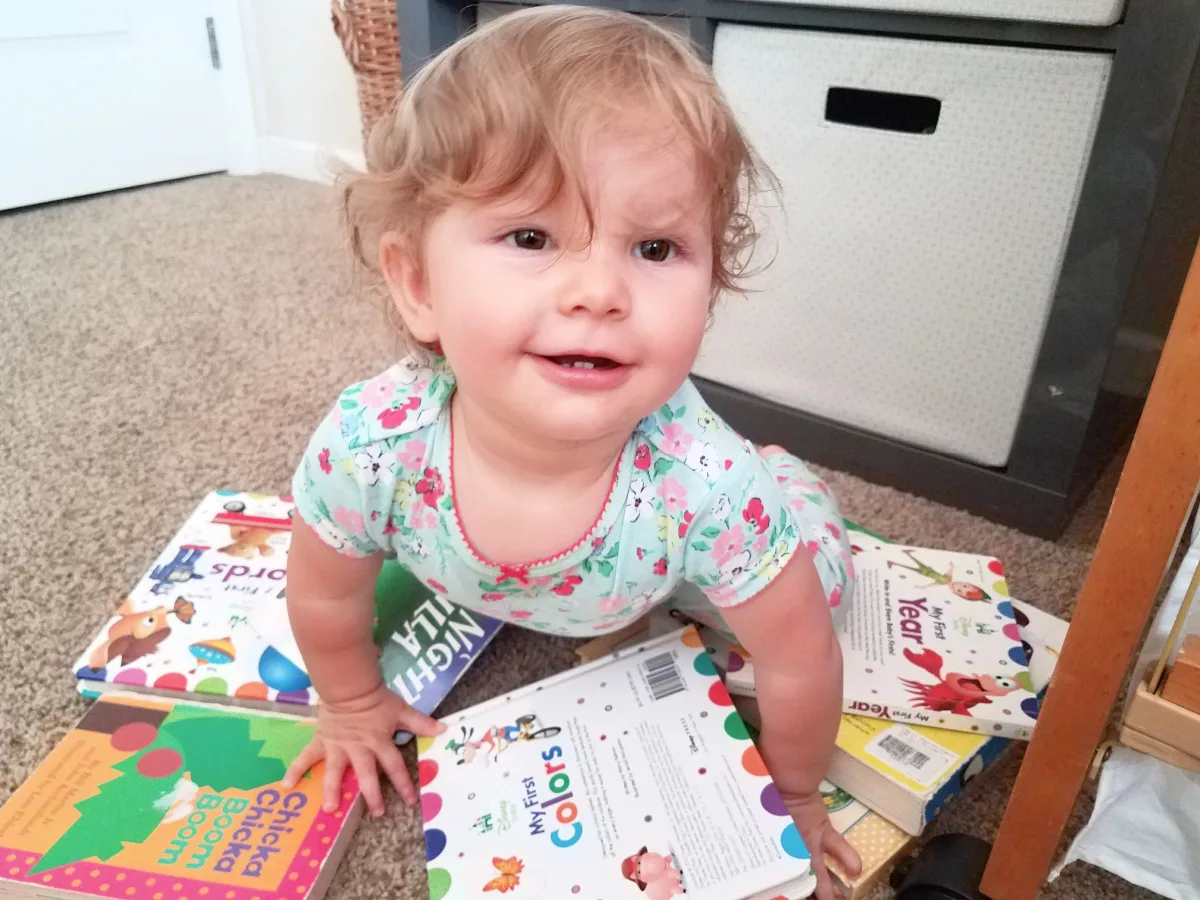Welcoming a newborn into the world is a wonder-filled journey, as every day brings new discoveries. During the first year of a baby’s life, they experience remarkable growth and achieve developmental milestones that shape their journey towards independence.. Understanding these milestones allows parents to appreciate their baby’s progress and empowers them to provide the nurturing environment necessary for proper growth. In this article, we will explore the newborn growth and development milestones, from the first days of life to the beautiful moments of mobility and communication.
A newborn’s journey is a series of wonders. Every gesture, sound, and movement made by a baby is a part of a series of changing events that mark an amazing transformation. As we explore these developmental phases, we gain knowledge of the nuances of infant development and discover how to enjoy and support each passing moment. We also come to realize that every step, no matter how tiny, is important in the bigger picture of a child’s life.
1. The Essence of Newborn Growth
a. The Miracle of Life
Newborn growth and development is a witness to the miracle of life. This begins as the babies transform from tiny bundles of joy to curious explorers.
b. Change in Physical Appearance

In the initial weeks, newborns undergo rapid changes in size, weight, and physical appearance as they adapt to the world.
c. Developmental Milestones
These milestones include physical, mental, social, and emotional progress that define a baby’s growth journey.
2. The First Weeks: Precious Beginnings
a. Bonding and Attachment
During this time, newborns form strong bonds with their caregivers, recognizing familiar voices and faces.
b. Reflexes and Motor Skills

Babies show primary reflexes, such as the grasp and startle reflex. As they grow, they gradually develop head control and the ability to track movements.
c. Feeding and Weight Gain
Newborn growth includes weight gain and adjusting to feeding routines, as babies rely on breast milk or formula for nourishment.
3. Months 2-3: Awakening Curiosity
a. Smiles and Social Interaction
Around the second month, babies respond with smiles, recognise faces, and enjoy interaction.
b. Tummy Time and Muscle Strength
Supervised tummy time enhances neck and upper body strength, building developmental progression.
c. Sleep Patterns and Cooing
Newborns develop sleep patterns, and their vocalizations evolve into cooing sounds as they explore their vocal cords.
4. Months 4-6: Exploring the World
a. Rolling and Grasping Objects
During this period, babies often master rolling from back to belly and begin to grasp objects with their hands.
b. Introduction to Solids

Around the fifth or sixth month, the introduction of solid foods marks an exciting phase of nutritional development.
c. Babbling and Communication
Baby babbling becomes more purposeful, serving as a sign of language development and communication.
5. Months 7-9: Mobility and Independence
a. Sitting and Crawling
Many babies achieve sitting independently and may start exploring crawling as they become more mobile.
b. Exploring Textures and Objects

Textures fascinate babies, and they delight in exploring objects by touching, shaking, and mouthing them.
c. Stranger Anxiety and Attachment
Around this time, separation anxiety may emerge as babies become more aware of their caregivers’ presence.
6. Months 10-12: Communication and Movement
a. Cruising and Standing
Babies progress from crawling to cruising, using furniture for support, and may start attempting to stand independently.
b. First Words and Gestures

The transition from babbling to forming recognizable words and using gestures marks a significant language milestone.
c. Curiosity and Exploration
As their mobility develops, babies’ curiosity grows, and they become more independent as they investigate their surroundings..
7. Celebrating Every Stage of Newborn Growth
a. Capturing Moments
Documenting these precious moments through photos and journals helps parents cherish each developmental stage.
b. Individual Progression

Remember that each baby develops independently. Comparisons can disrupt the celebration of their unique growth journey.
c. Nurturing Growth
A supportive environment of love, stimuli, and age-appropriate toys helps with newborn growth.
Newborn growth and development milestones properly depicts a baby’s journey from a helpless newborn to a curious and active explorer. Every smile, roll, and babble is a step toward independence and self-discovery. By understanding and celebrating these milestones, parents can witness their baby’s progression. As infants begin their journey of development, parents take the role of their compass.They provide love, direction, and encouragement as their little ones progress through each stage.

